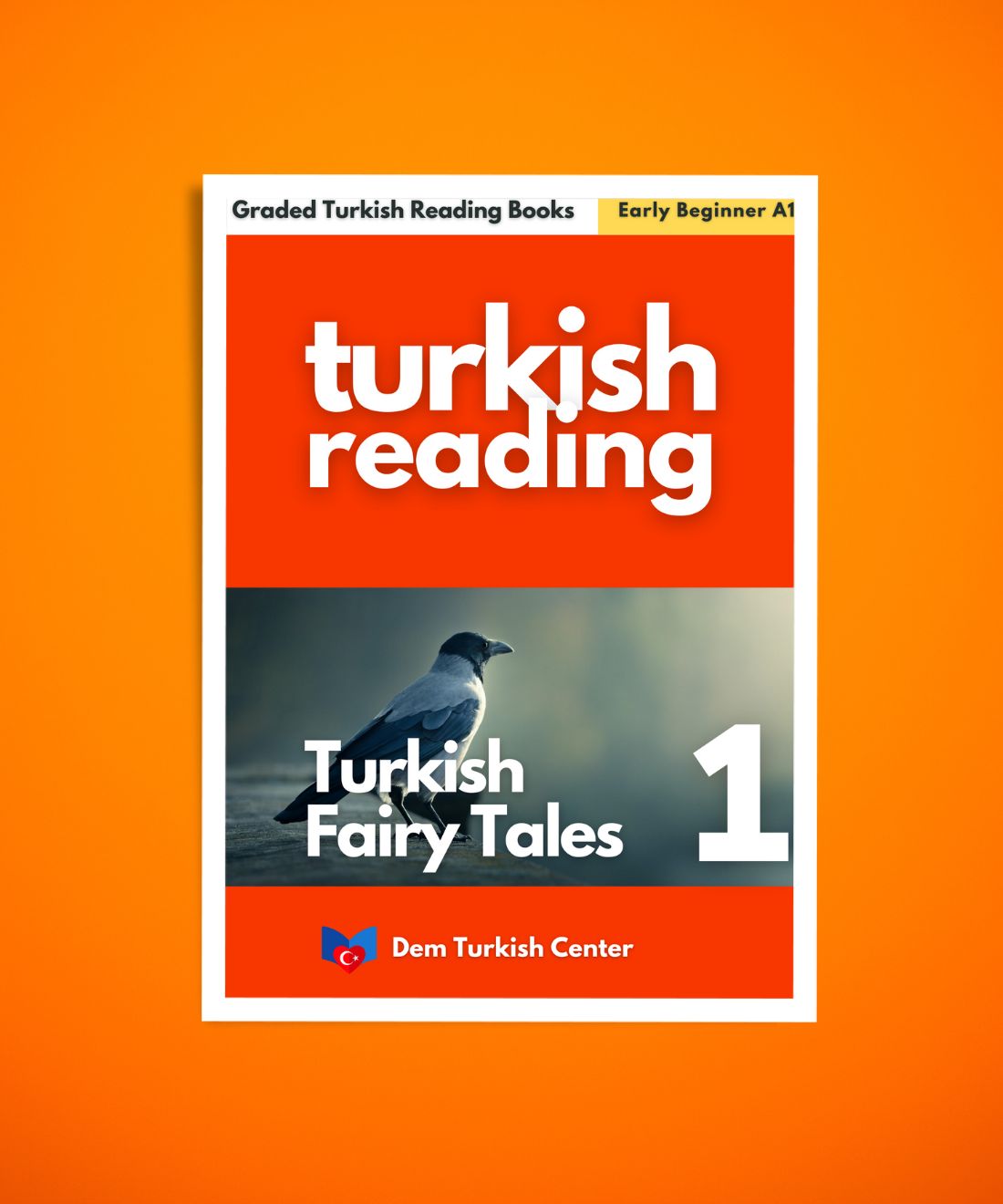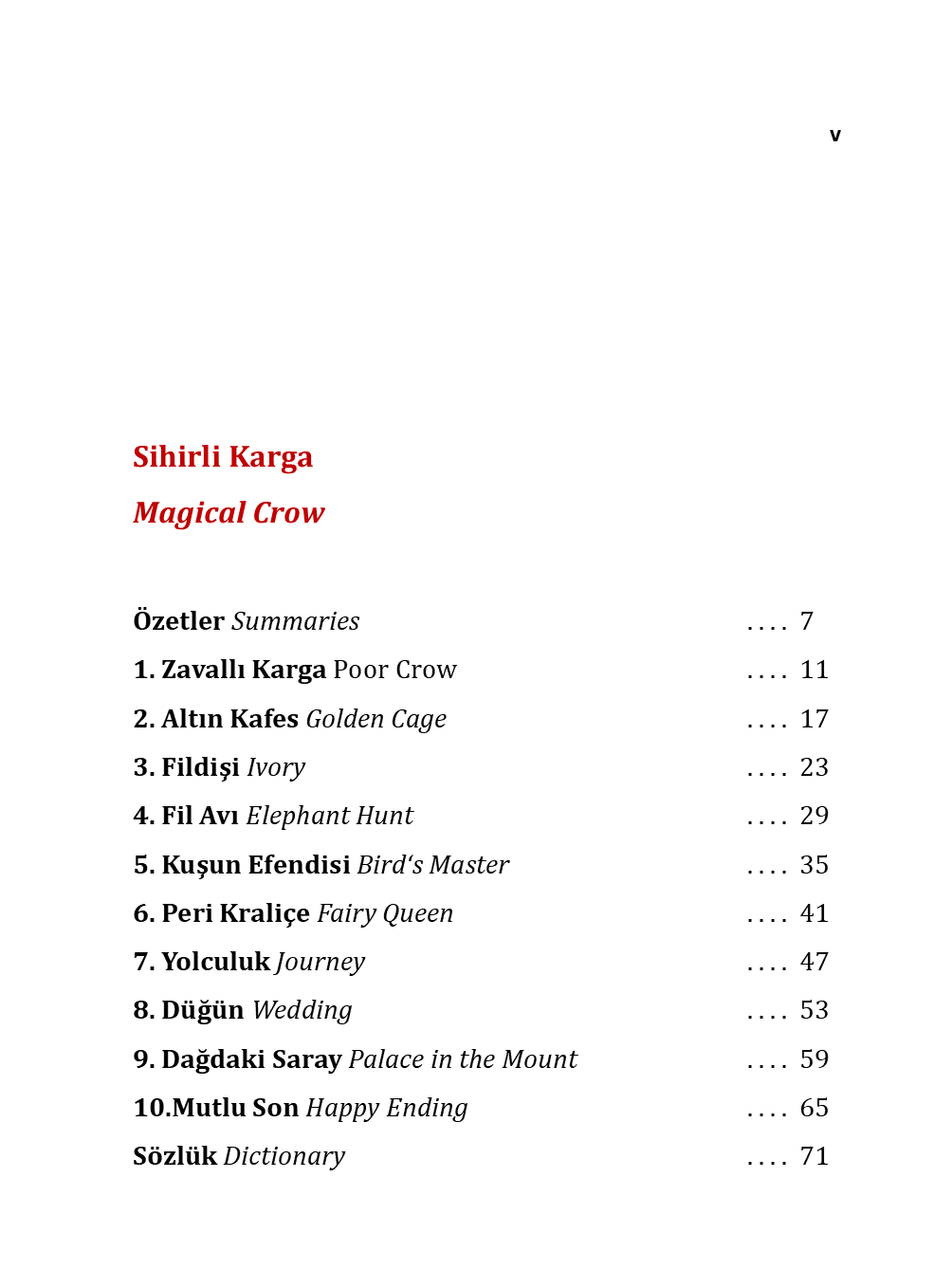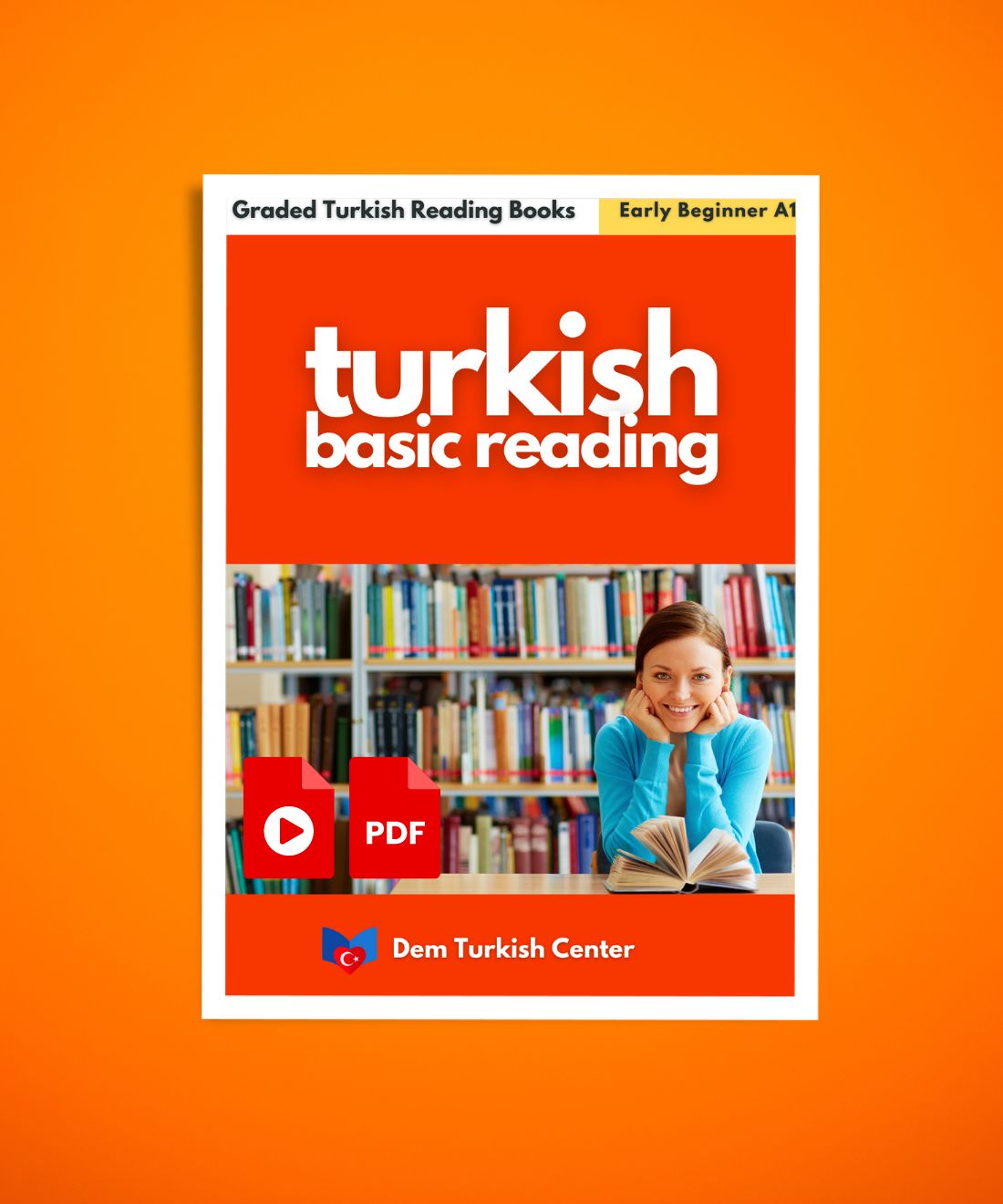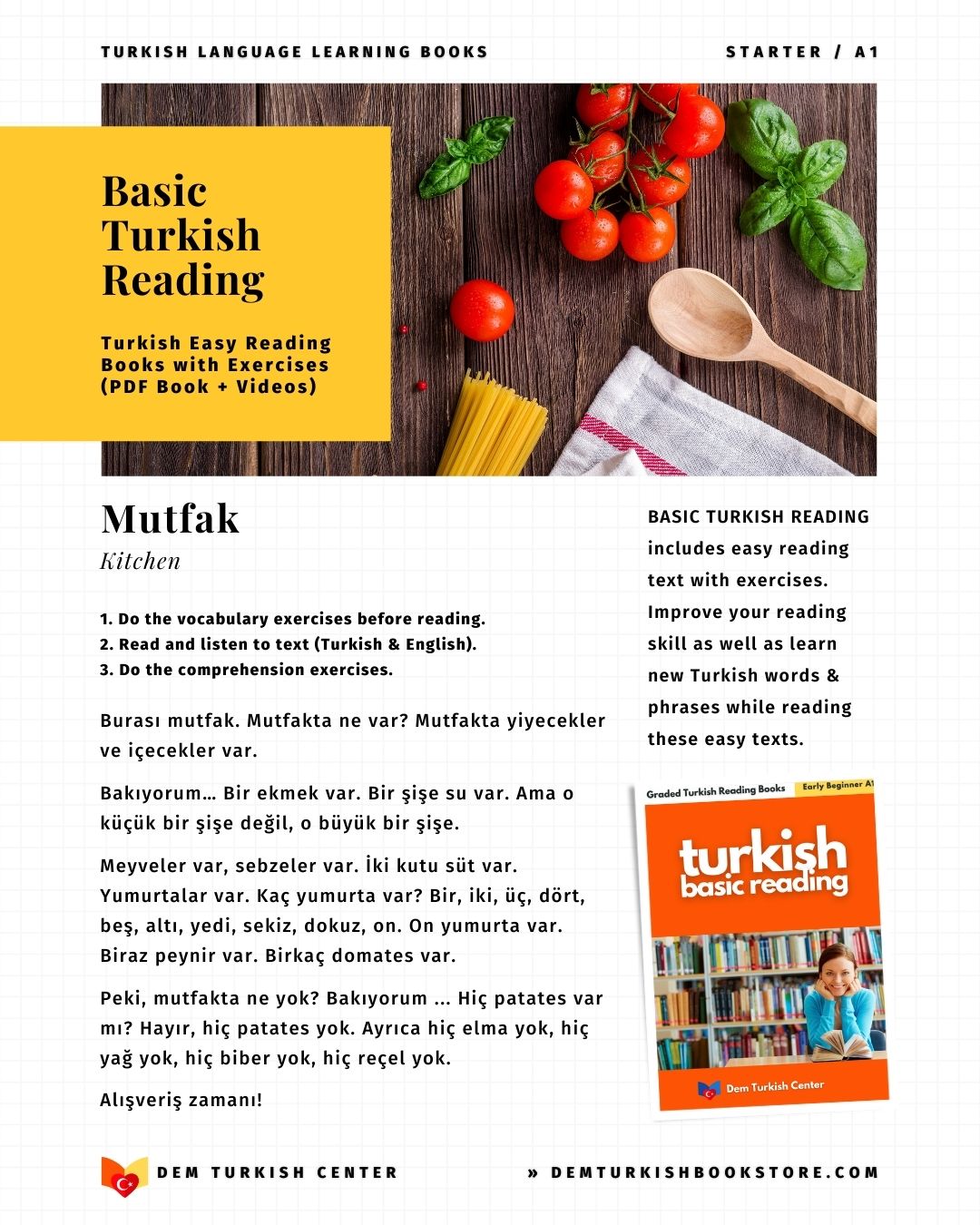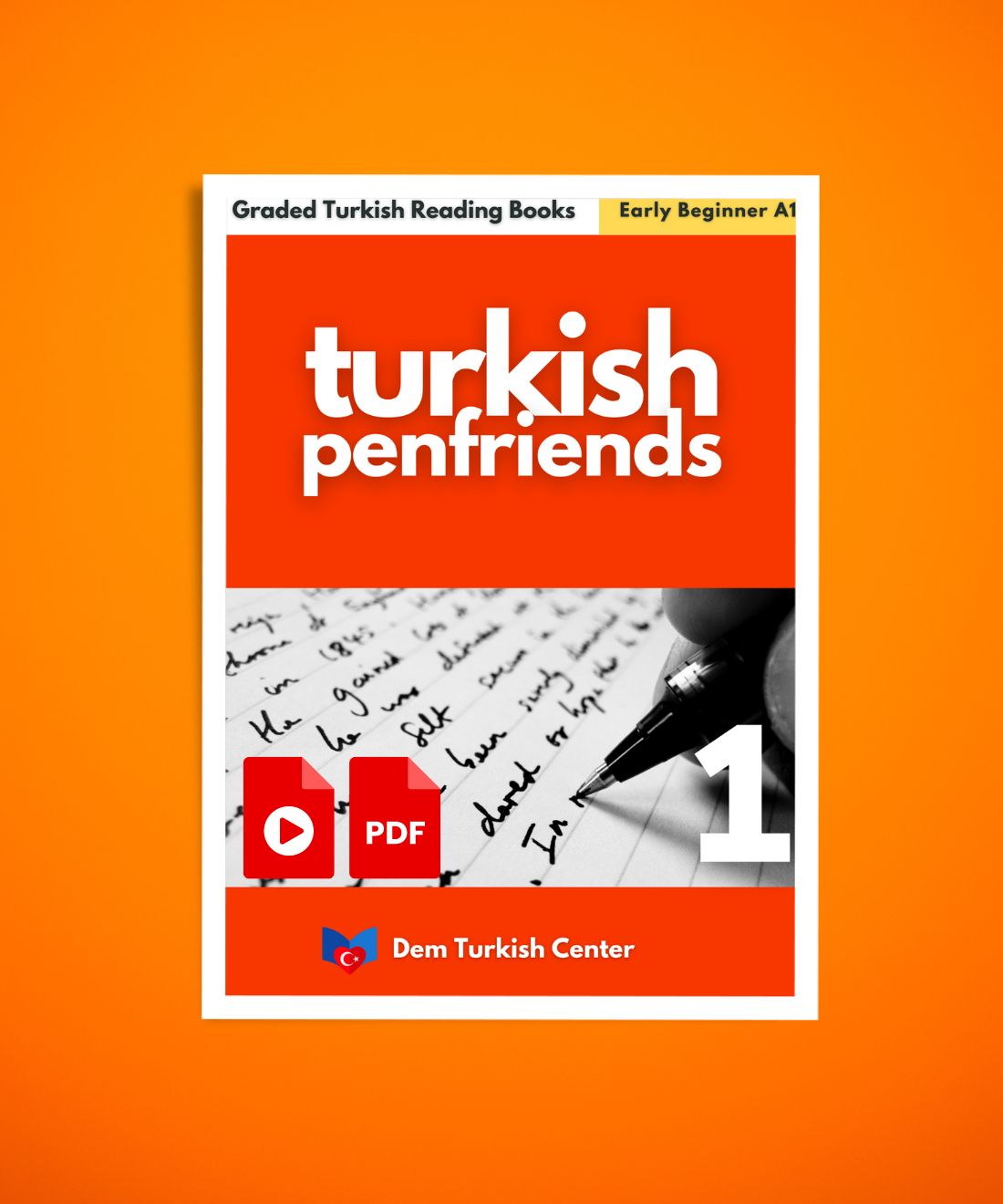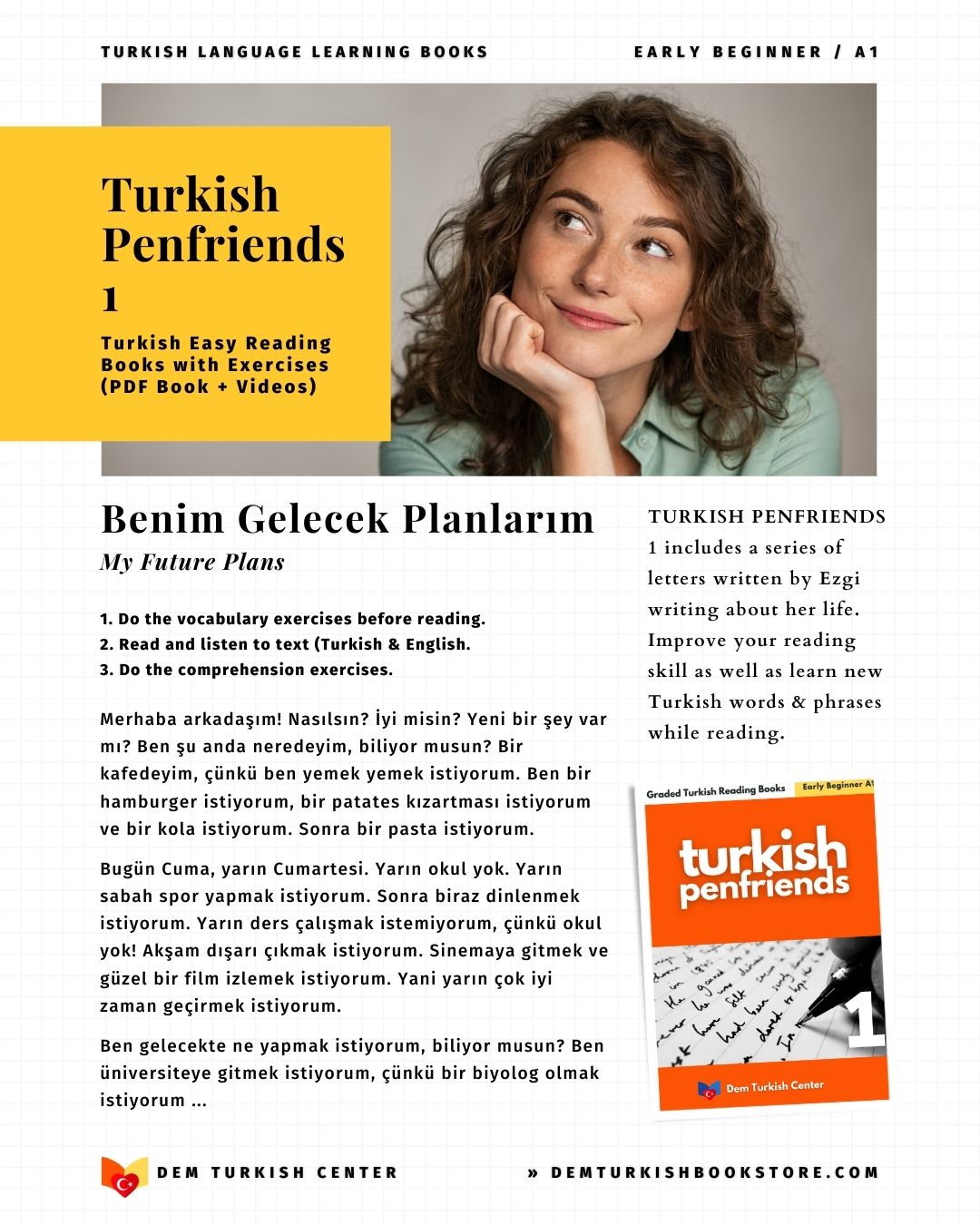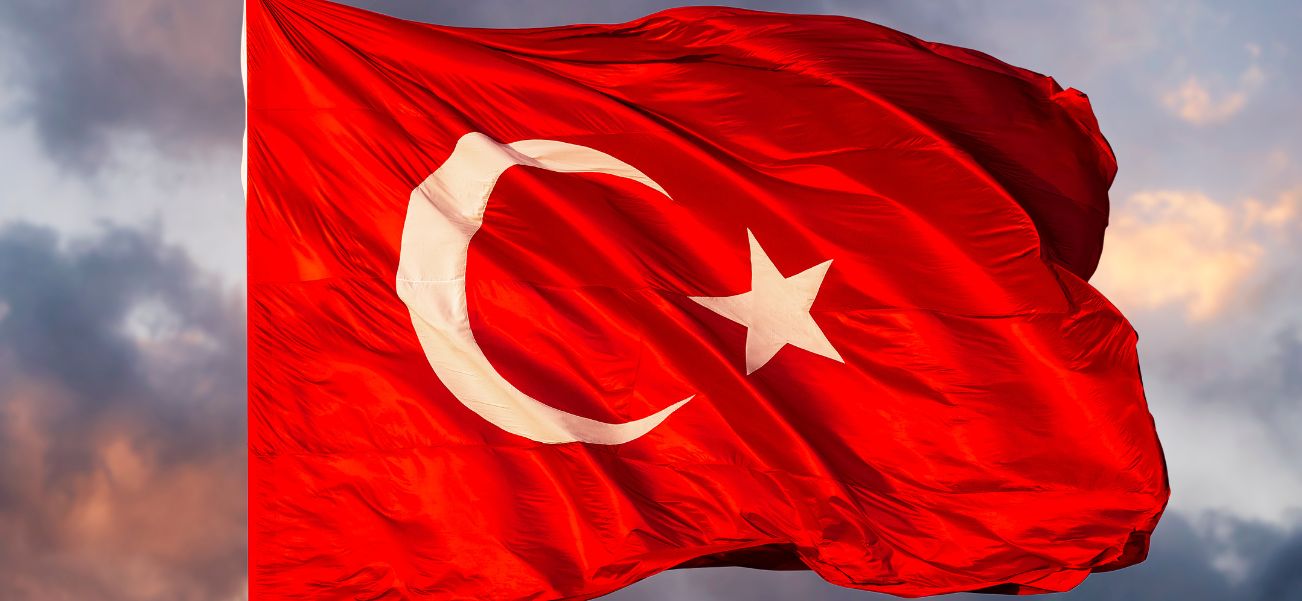
Turkish Language History: A Guide For Curious Language Learners
The Turkish language has a fascinating history spanning several millennia, with origins rooted in Central Asia, extensive influences from Persian and Arabic, and transformative reforms in the 20th century.
Here’s a breakdown of Turkish language history across different periods:
1. Origins and Early Turkic Languages (Pre-8th Century)
Proto-Turkic
The Turkish language belongs to the Turkic language family, which includes languages like Kazakh, Uzbek, and Uighur.
The roots of Proto-Turkic, the ancestor of all Turkic languages, are believed to go back to Central Asia around 2000 BCE.
Early Written Forms
The oldest known Turkic inscriptions, the Orkhon Inscriptions in Mongolia, date to the 8th century and were written in the Orkhon script, a runic-like alphabet.
These inscriptions provide insights into the early Turkic language, society, and beliefs.
2. Old Turkic Period (8th–13th Century)
Göktürk and Uighur Turkic
Inscriptions from the Göktürk and Uighur Khanates reflect the language's evolution and usage among early Turkic peoples.
The Orkhon inscriptions primarily honor rulers and warriors and were written in Old Turkic script, providing evidence of a sophisticated early Turkic language.
Buddhist, Manichaean, and Islamic Influences
During this period, Turkic speakers converted to various religions.
The Uighurs adopted Buddhism and Manichaean beliefs, and some began using the Uighur alphabet derived from Sogdian (an Eastern Iranian language).
3. Middle Turkic Period (13th–16th Century)
Migration and Islamization
As Turkic-speaking groups migrated westward, they increasingly encountered Islam, which spread among Turks from the 10th century onward.
This led to significant linguistic and cultural transformations as they adopted new religious vocabulary and script.
Karakhanid and Chagatai Turkish
The Karakhanid Empire produced significant literature in Turkic, such as the Kutadgu Bilig (Wisdom of Royal Glory) by Yusuf Has Hajib, one of the earliest pieces of Islamic literature in Turkish.
Later, Chagatai Turkish, based on the Chagatai dialect, became a literary language of Central Asia and was widely used in poetry and scholarship.
Persian and Arabic Influence
As Turkish-speaking peoples came into contact with Persian and Arab cultures, they borrowed a substantial number of words, especially for religious, intellectual, and administrative terms.
4. Ottoman Turkish (14th–20th Century)
Formation of Ottoman Turkish
The expansion of the Ottoman Empire (1299–1922) led to the emergence of Ottoman Turkish, a distinct form that was heavily influenced by Persian and Arabic.
The Ottoman Turkish script used the Arabic script with modifications for Turkish sounds.
Three-Tier Language
Ottoman Turkish developed into a “three-tier” language with distinct variations:
- Fusha (classical) for official documents and literature, featuring extensive Arabic and Persian vocabulary and grammar.
- Literary (court language) used in poetry and higher society.
- Colloquial Turkish, which was closer to the language of ordinary people and used fewer foreign loanwords.
Literature and Poetry
The Ottomans produced an extensive body of poetry, prose, and bureaucratic literature.
Poets like Yunus Emre and later Nedim enriched Turkish literature with works that often used a mix of Persian and Arabic vocabulary.
5. Language Reform and Modern Turkish (20th Century)
Atatürk's Language Reforms
The Republic of Turkey was established in 1923 under Mustafa Kemal Atatürk, who prioritized language reform to modernize and unify the nation.
Atatürk aimed to create a national language accessible to all citizens.
Script Change
In 1928, the Arabic-based Ottoman script was replaced with the Latin alphabet.
This was a revolutionary change, as the new alphabet more accurately represented Turkish phonology and simplified literacy and education.
Vocabulary Purification
The Turkish Language Association (TDK) was founded in 1932 to purify the language by replacing Arabic and Persian loanwords with Turkic equivalents.
For instance, "muvaffakiyet" (success) became "başarı", and "telâffuz" (pronunciation) was changed to "söyleyiş".
Effectiveness and Challenges
While the reform successfully modernized Turkish and reduced the linguistic gap between the elite and the common people, some Ottoman-era words are still used, especially in scholarly and legal contexts.
6. Modern Turkish Language (20th Century to Present)
Further Language Simplification
Since the 20th century, Turkish has continued to evolve with the rise of mass media, education, and globalization.
There’s a preference for simple, clear language, which aligns with Atatürk’s vision of a more accessible Turkish.
International Influence
Globalization has introduced numerous English loanwords, particularly in technology, business, and popular culture. While many loanwords are adapted to Turkish phonetics, some English words remain unchanged.
Language Preservation and Debate
Turkish language purists continue to advocate for the use of Turkic-origin words, though Turkish remains highly receptive to foreign influences.
The TDK continues to propose Turkic alternatives to newly adopted words.
Key Characteristics of Modern Turkish Language
1. Agglutinative Structure
Turkish uses suffixes to express grammatical relations (e.g., plurals, possession, verb tenses), allowing for complex ideas to be communicated with minimal words.
2. Vowel Harmony
Vowel harmony rules ensure that vowels within a word harmonize with each other for smooth pronunciation.
3. SOV Order
Turkish generally follows a Subject-Object-Verb (SOV) order, which is distinct from English but shared by many Turkic languages.
4. Loanwords
Turkish vocabulary still includes Persian, Arabic, and increasingly, English loanwords, though there is a strong tradition of adapting foreign words to fit Turkish phonological rules.
The Turkish language reflects centuries of cultural exchanges, migrations, and political changes. It evolved from the Turkic languages of Central Asia, through medieval Islamic cultures, to the unique and modernized language it is today.
Thanks to Atatürk's reforms, Turkish is now highly accessible, utilizing a simplified grammar and script that connects the ancient Turkic-speaking peoples of Central Asia with the modern-day Republic of Turkey.
Thank you very much for your interest and visiting Dem Turkish Center bookstore!







